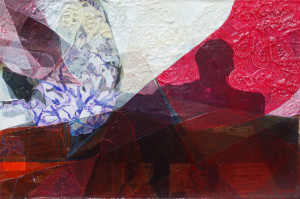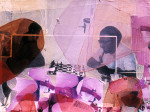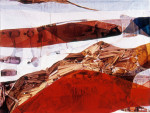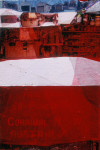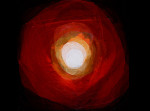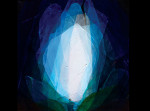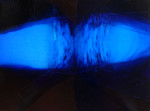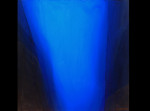Mark Gerada http://www.markgerada.net/
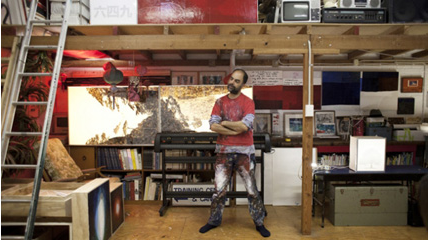 Biography
Biography
Mark Gerada is a multi-disciplinary practitioner who lives and works in the mountains west of Sydney. After training as an architect, he developed his creative practice as a painter and illustrator. To support his art practice Mark set up a hand painted tile business in Sydney that ran for many years and produced illustrations for magazines including Financial Review Magazine, GQ Australia, Belle and Panorama. He has created imagery for Homebush Bay, illustrated a book titled ‘Greening Sydney’ with the New South Wales Government Architect Chris Johnson and has undertaken a range of painting commissions for clients including Baileys, Esprit, Deluxe and Associates and the VIP Lounge in Sydney International Airport.
Taking his painting to Malta, Mark exhibited ‘Generation’ at St James Cavalier in Valletta in 2007. The exhibition explored family life growing up in the suburbs of Sydney as a child of post war immigrants from Malta. Another solo exhibition ‘Caves and Mounds’ was exhibited in Sydney at Gaffa in 2008 and and in 2010, ‘Post Exhibition Blues’. In 2010, Mark coordinated the reconstruction of Gaffa in the centre of Sydney as an artists’ run space of galleries, studios and workshops across the three floors of a heritage listed building.
Mark has also undertaken curatorial roles and is a teacher of Visual Communications in the Faculty of Design Architecture and Building, University of Technology Sydney and supervises projects in the Communication Design Major at The University of Western Sydney. Mark continues to work across disciplines and media forms. Recent projects include a collage series for the Opera bar painting commission about the layers of history and architecture at Bennelong Point and East Circular Quay and the Koala Land Project which explores solutions for the protection of koalas. The Koala Land Project has grown out of two years of research with leading scientists and koala experts resulting in a beautifully illustrated blog, report and publication.
Artist’s Statement
My grandparents and parents came to Australia from Malta between 1949 and 1955. I grew up with a lot of Maltese around me at home, school and in our neighbourhood. It was not until I went to university to study architecture that I realised that having a Maltese heritage was rare. The majority of my fellow students had never heard of Malta.
When I first visited Malta in 1993, I felt strange because everything felt so familiar – the people, the architecture, the water. I felt so at home that it confused me. This resulted in my paintings from between 1993 and 2003, which dealt with searching for an identity. I asked, am I Maltese? Or am I Australian? I questioned the idea of home, and if you can have more than one.
For my 2007 exhibition at St James Cavalier in Valletta, I wanted to show my audience what it was like to grow up in the western suburbs of Sydney. I portrayed particularly Maltese traits like lots of family and food, and I also represented the fabric of my surrounds – grass lawns, mission brown timber fences, red brick triple fronters and big Holden and Ford car – rather different to what I would have grown up with if my grandparents had decided to stay in Malta.
2007 Series
2010 Series
I am fascinated by how the dynamics of water is beyond the realm of our planet. Our planet’s relationship with the moon shifts oceans, the cycle of tides a demonstration of balance act on an incomprehensible scale. In my painting, the photograph that is layered behind the paint was taken inside a tunnel that connects the Inland Sea in Gozo to the Mediterranean Sea. There is a point where you are about half way through the tunnel, and in darkness, that this glowing blue comes up from the depths below. The first time I saw this was like seeing a colour for the first time, the vibrancy difficult to express. The challenge to express this glow embodied the paintings I created for my 2010 body of work ‘Post Exhibition Blues’.
- Eternal
- Perfect
- Tide
- Clear
My future work will focus on Filfla, the often forgotten Maltese islet that I have always been very fond of. I am especially interested in Filfla’s relationship with Ħaġar Qim and Mnajdra, incredibly special buildings for all of humanity.
